Digital Completions in Plant Modifications and Upgrades
Unlike greenfield or any new build construction projects, plant modifications and upgrades present a unique set of challenges. Work is carried out...
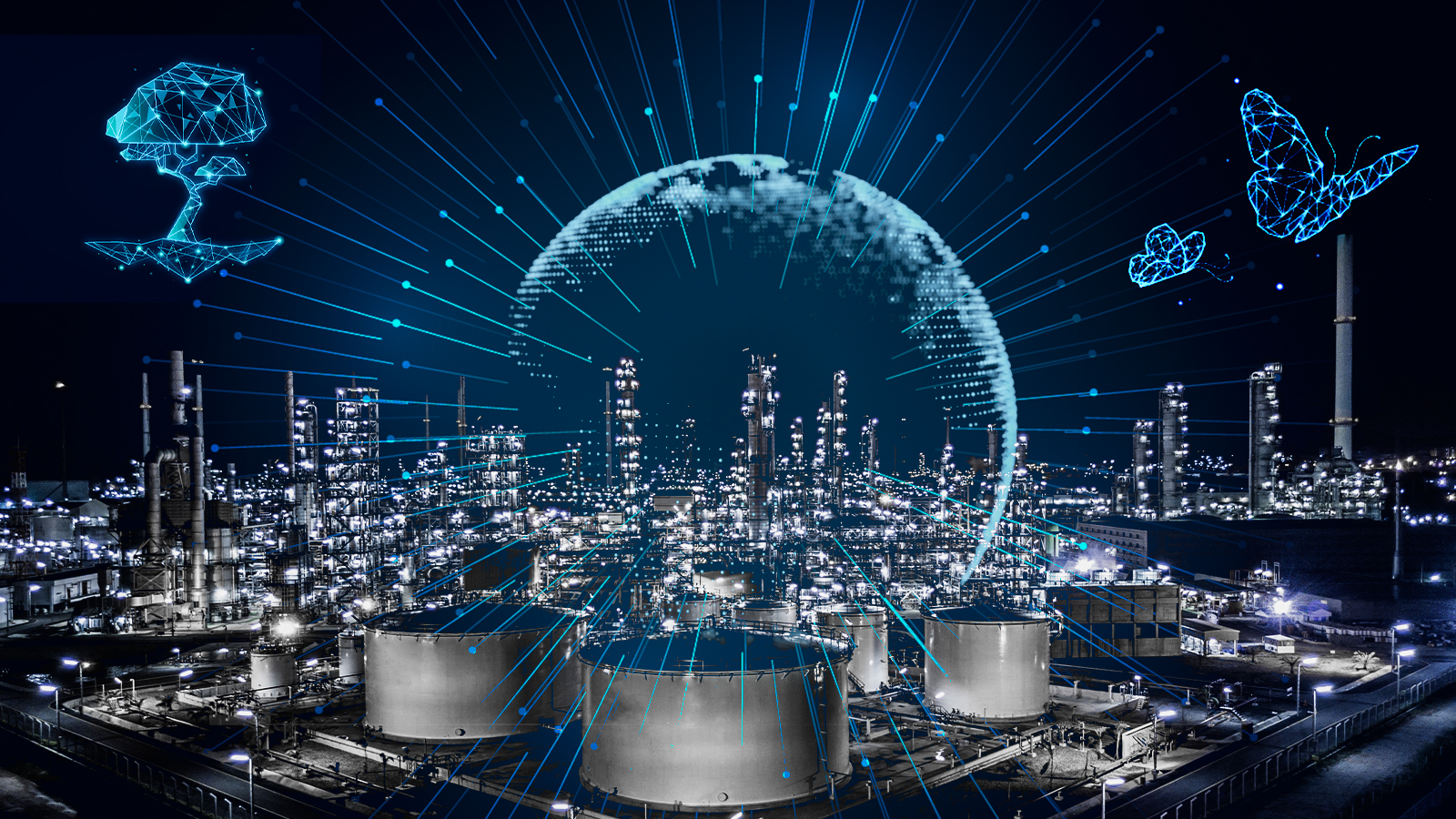
Sustainability. Decarbonization. Environmental, Social and corporate Governance (ESG). These aren’t just buzzwords, but worthy endeavors increasingly knit into business and operational directives. As construction accounts for nearly 40 percent of global emissions, few sectors are more pressed to implement these frameworks as drivers than in the building, operation, maintenance and decommissioning of heavy industry assets.
Sustainability is now ubiquitous, both in parlance and intent. There’s more awareness than ever before around adopting cleaner technologies and modifying ways of working to reduce carbon footprint and other environmental consequences of vital infrastructure.
Let us not forget that true sustainability incorporates both a social and an economic arm; it is not strictly environmental. But the idea is that one begets the another and that investing to decarbonize infrastructure – both the processes and operations therein – benefits the whole, achieving payback as well as enhancing worker safety, for example.
Focusing on the environmental angle then, reducing the carbon footprint ought to be a primary focus in the construction, operation, maintenance and decommissioning of industrial assets. Where do carbon emissions come from in the asset lifecycle?
Industrial assets are often in remote or otherwise difficult-to-access locations such as offshore O&G infrastructure, for example. What this means is that materials, equipment, personnel and supplies have to be transported back and forth between logistically challenging locations. Shuffling things from one place to the next holds true for paper-based documentation as well – large files such as work packages that ping-pong from office to site for approvals, signatures and implementation.
The carbon footprint from construction and infrastructure comes mostly from what’s called embodied carbon, which holistically incorporates environmental impact from the entire value-and-supply chain of a material: from raw good extraction to fabrication, inclusive of all handling and transformation processes as well as eventual use and processes therein.

Certainly, tracking embodied carbon is essential to sustainability efforts in the management and operation of remote industrial assets. The way to do so is to replace traditional ways of working: paper-based work packages and inventory management, piecemeal digital systems that don’t talk to each other, inclusive of human error that beguiles these methods. But how to do so? The answer lies in innovation.
For every action, there is an equal and opposite reaction. Innovation can be conceptualized as the force that swings the pendulum from environmental impact to sustainability – that is from high carbon emissions to decarbonization. Embracing innovation is the key enabler of transforming existing systems and processes required for construction and maintenance, including materials. Why? Because without innovation, traditional methods will not be replaced.
MODS’s partner and leading Engineering, Procurement and Construction (EPC) group, JGC, promotes a three-sphere innovation approach toward increasing the sustainability of its heavy industry construction business. Design innovation and technological innovation must first co-exist, and be harnessed, for EPC innovation to take hold.

We’ve previously discussed design innovation. As a software-as-a-service (SaaS) group, MODS products revolve around technological innovation. Choosing cloud-based software over on-premise software is one example of a simple but effective innovation that provides management to real-time project information from anywhere with an internet connection.
Technological innovation offers a range of existing and emerging solutions with varying levels of sophistication up to and beyond the use of digital twin technology, machine learning and artificial intelligence. The takeaway here is that the ecosystem exists for both EPC groups and Operators to reduce the footprint of their projects and asset lifecycles via technology that is available and proven.
But, how does the use of available technological innovations translate to a reduced project-and-asset footprint?
We’ve written quite a bit about digitalization and decarbonization. Cloud-based software enables remote project oversight. Sophisticated visualization tools minimize site visits. Fabrication solutions modernize essential processes. And comprehensive materials management systems streamline logistically complex supply chains like never before.
These, and more, digital solutions cut waste in all its forms –time, material and cost – from workflows. Paper, emissions and embodied carbon attached to this waste are also eliminated, reducing an asset’s environmental impact and increasing a project’s return on investment.

The right digital solutions tackle challenges that plague EPCs, Owners and Operators, including lost productivity, poor materials management and ineffective communications. These inefficiencies all represent forms of waste that embody carbon and/or that directly generate avoidable emissions themselves.
Innovation as a pathway to sustainability tackles these ubiquitous challenges, turning waste into opportunity by decarbonizing processes and promoting sustainable ideals.
For everything you need to know about how to challenge the status quo through digital decarbonization 
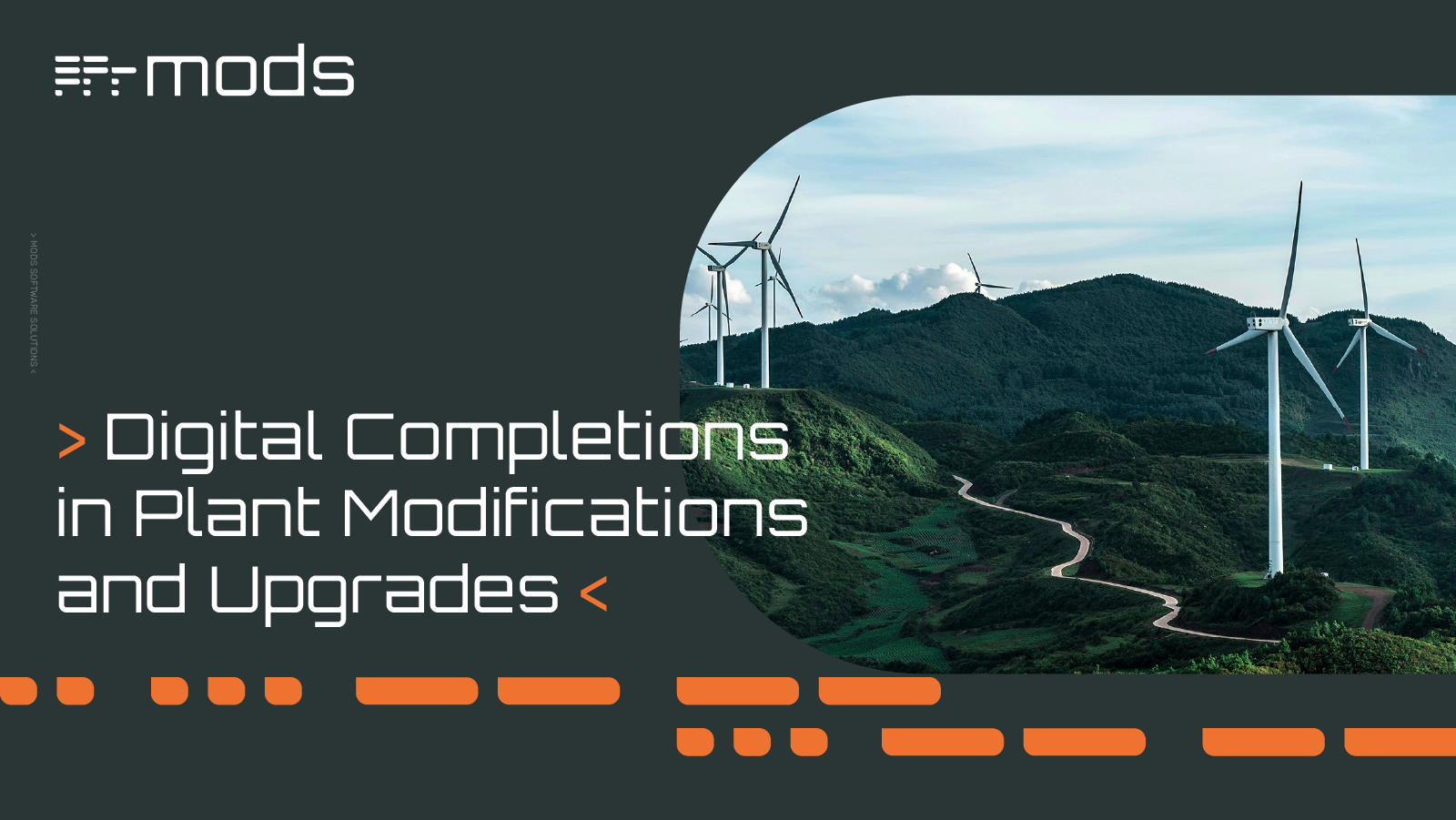
Unlike greenfield or any new build construction projects, plant modifications and upgrades present a unique set of challenges. Work is carried out...
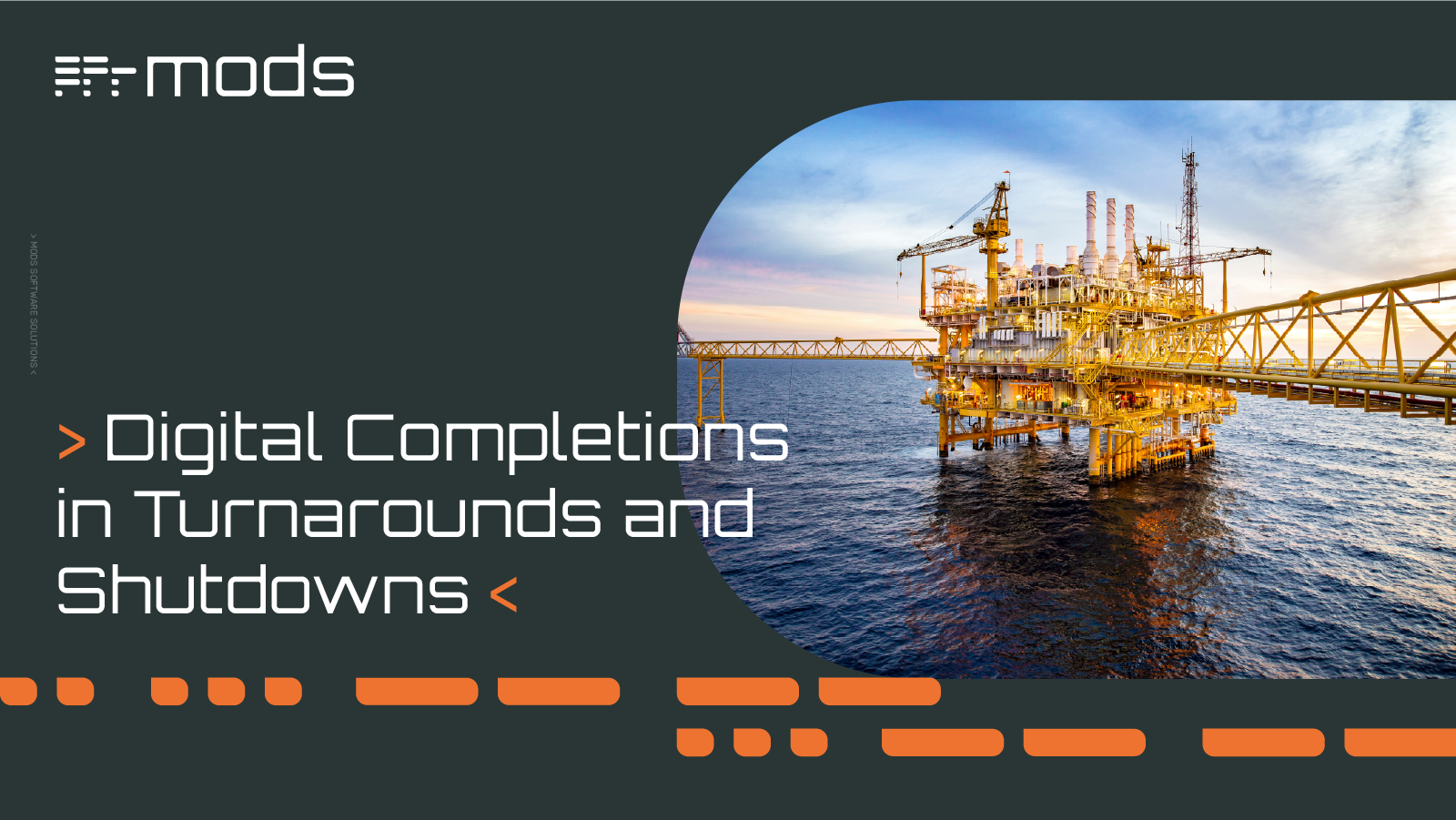
Turnarounds and shutdowns are among the most critical—and stressful—phases in the management and operation of industrial assets. These planned...
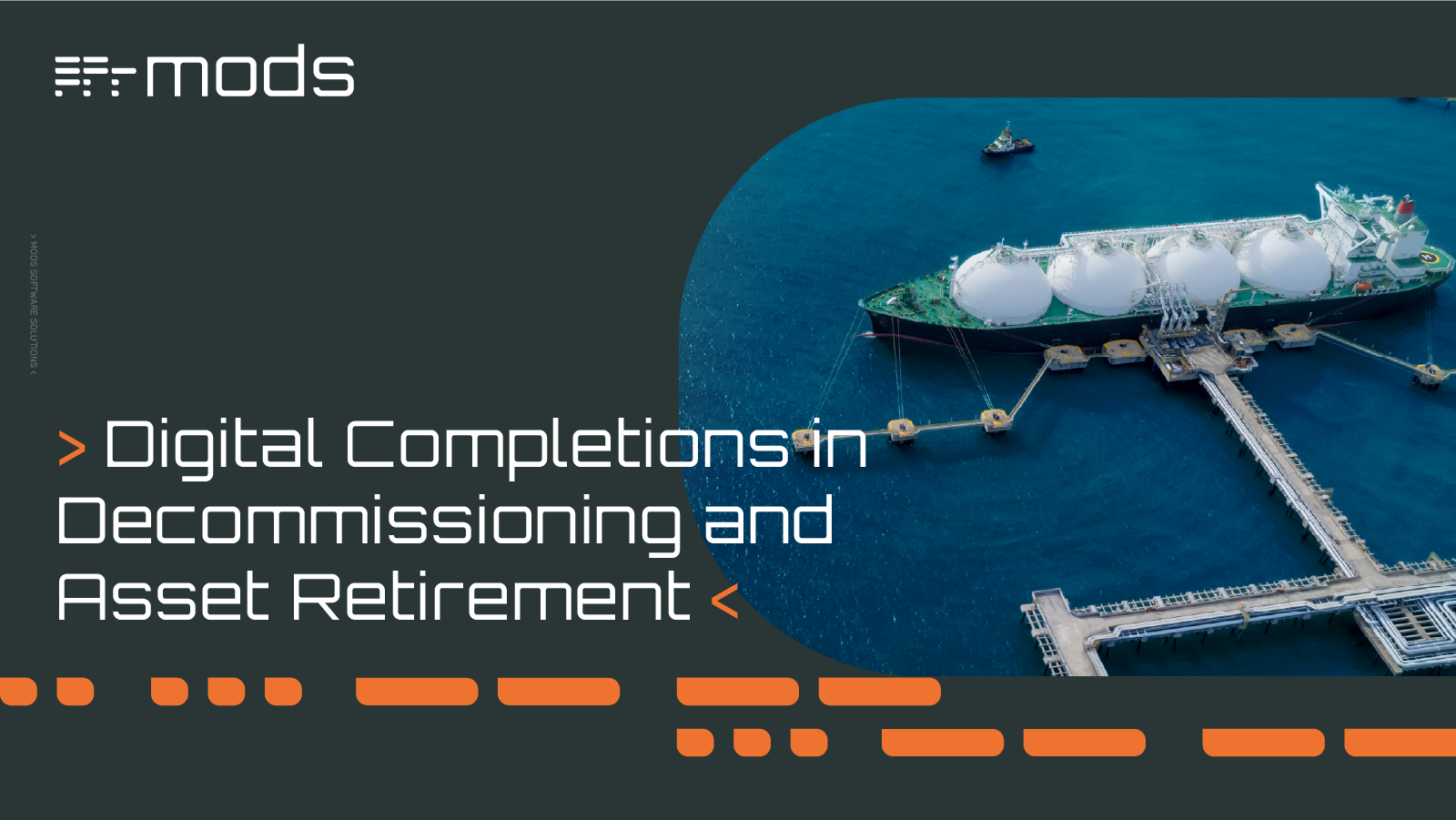
Offshore decommissioning and asset retirement present significant logistical, regulatory, safety, fiscal and reputational challenges. The process of...

We have talked about how digital infrastructure is the keystone to Lean Construction and enabling BIM systems for the modernization and optimization...
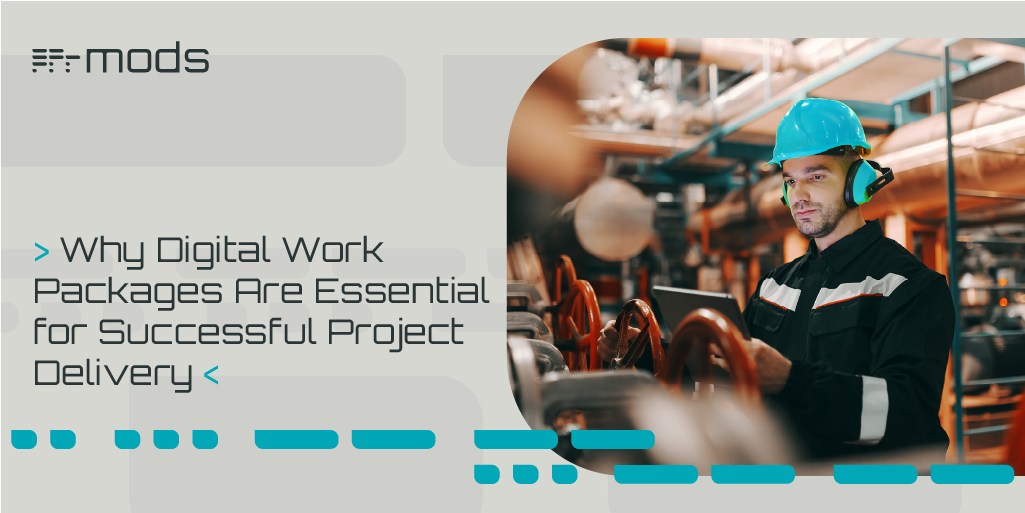
Digital work packages (DWPs) mitigate an obvious waste of time and resources in remote industrial construction projects, such as offshore maintenance...

MODS welcome Michael Birkin, who recently joined the team as Head of Sales for the APAC region.